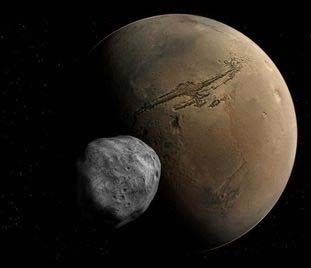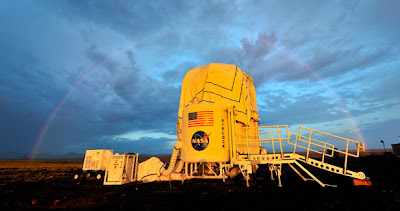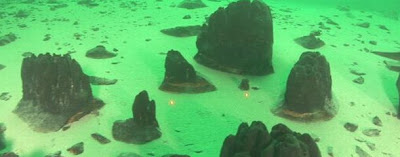
The Space Shuttle Atlantis successfully completed its last mission on July 21st of this year, officially ending the thirty-year program. With this came a transitional phase at NASA, one that had been predicted for a long time prior. NASA has spent the last generation with its 1970's shuttle technology, to which its veteran scientists and engineers grew accustomed. With the end of the program, it was feared than many technical employees would either retire or leave to work in private industry for higher salaries.
In a recent hearing by the House Committee on Science, Space and Technology, Chairman Ralph Hall (R-TX) expressed serious concern about NASA's future. "If NASA doesn't move out quickly, more and more of our industrial base, skilled engineers and technicians and hard-won capabilities are at risk of withering away," he announced. In addition, Hall was concerned about the future of aerospace if support for new NASA programs is not strong. "Bright young engineers about to enter our workforce will likely look to disciplines other than aerospace."
According to Roger Launius, Senior Curator at the Smithsonian Air and Space Division of Space History and former Chief Historian at NASA, there are two sides to the issue of losing so many experienced engineers. "We have all of this expertise which is walking out the door," said Dr. Launius in an interview with the News-Letter, adding that "we're going to have to rebuild that." At the same time though, these are the engineers "who kept us in low earth orbit for the last 40 years [we need] new perspectives and new ways of doing things," said Launius.
Since the Apollo 17 mission to the moon in 1972, human space flight has been limited to Low Earth Orbit, a region of space defined as between 80 and 200 km above Earth's surface, in which the International Space Station resides.
Read More
















